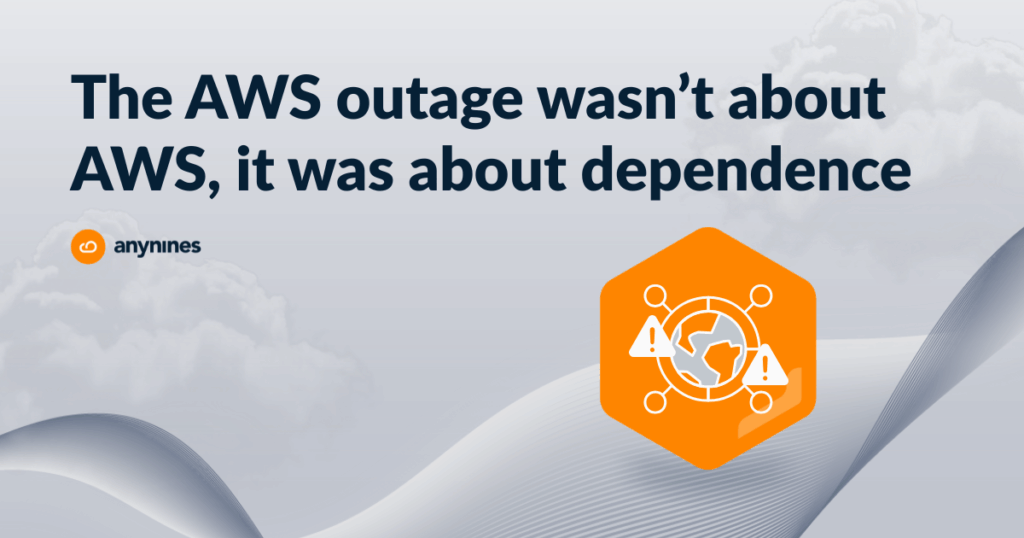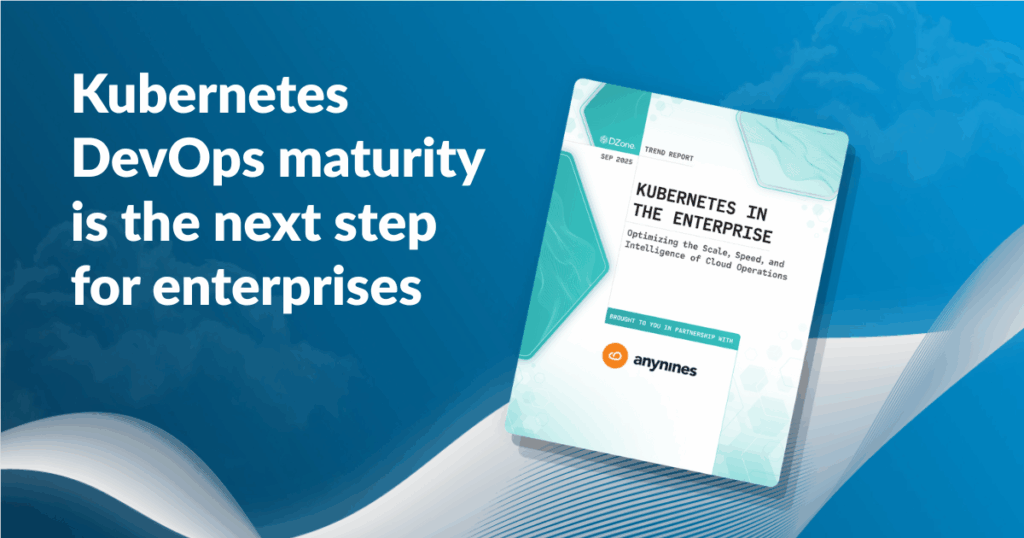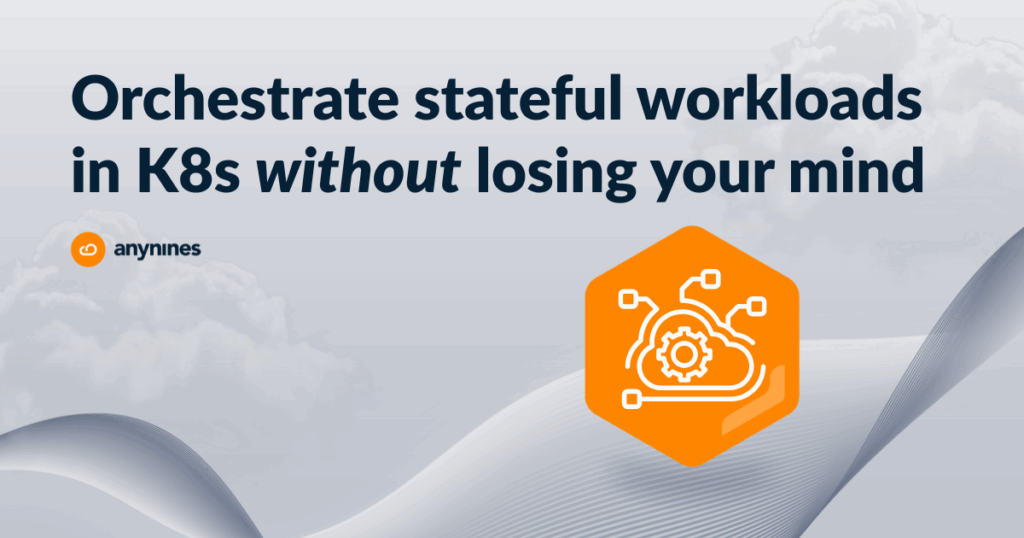The CNCF’s Q1 2025 State of Cloud Native Development report made waves with a surprising headline: growth in cloud-native development is slowing.
At first glance, the numbers look flat. Kubernetes adoption among backend developers has hovered around 60% for the past three years. Container usage which was once synonymous with rapid innovation, has plateaued. Even serverless functions are seeing a drop in adoption.
So, is the cloud-native movement running out of steam?
Far from it.
What we’re witnessing isn’t decline. It’s consolidation, maturity, and a shift in focus from “What are we adopting?” to “How well are we operating it?”
From Hype Cycle to Operational Backbone
Cloud-native technologies are no longer emerging trends because they’re the baseline. In just two years, the number of cloud-native backend developers has climbed from 7 million to more than 9 million worldwide. The growth is steady, not explosive. And that’s a sign of maturity, not stagnation.
Technologies like Kubernetes have crossed the adoption chasm. They’re not just for early adopters or born-in-the-cloud startups anymore. They’re foundational to how modern infrastructure is built and operated.
That flat 60% Kubernetes usage rate? It’s not a ceiling, it’s a saturation point. Teams aren’t debating whether to use Kubernetes. They’re now focused on how to scale, secure, and streamline it.
What’s Evolving Behind the Scenes
The surface-level numbers don’t tell the whole story. While Kubernetes and containers have stabilized, deeper shifts are shaping how teams use them:
Serverless slips: Serverless function usage dropped from 35% to 28% since early 2023. Whether due to cold-start latency, cost unpredictability, or vendor lock-in concerns, many teams are reconsidering where it fits.
Kubernetes is getting platformed: More organizations are embracing Internal Developer Platforms (IDPs) and Platform-as-a-Product approaches. The goal? Reduce friction and give developers a golden path to deploy without dealing with the underlying complexity.
Hybrid and distributed cloud is becoming the norm: Applications now span on-prem, public cloud, and edge. Consistency across environments—especially in how workloads and data services are orchestrated—is an increasingly urgent need.
What This Means for Platform Teams
This shift from adoption to optimization changes the game for platform engineers, SREs, and DevOps teams.
At anynines, we see this every day: organizations are no longer asking “What tools should we use?” but instead “How do we make this sustainable at scale?”
Here’s what that looks like in practice:
- Abstract the complexity: Developers shouldn’t be managing YAML or wrangling database lifecycles. Modern control planes, service brokers, and platform APIs help hide infrastructure complexity while still giving teams the control they need.
- Operational excellence is the new differentiator: As Kubernetes becomes ubiquitous, uptime, cost efficiency, and resilience define success. Lifecycle automation, observability, and consistent service provisioning are becoming critical.
- Data needs orchestration too: As platforms mature, so does the need to orchestrate not just compute but also stateful workloads. This is especially true in hybrid setups, where consistent provisioning and governance across VMs and containers is non-trivial.
Final Thought: Cloud Native Isn’t Slowing, It’s Growing Up
The rapid-growth phase of cloud native may be behind us, but what lies ahead is arguably more exciting: a maturing ecosystem focused on scale, efficiency, and developer experience.
Whether you’re running database services on Kubernetes, building out an internal platform, or managing distributed data services across hybrid environments, cloud native is far from done. It’s just entering its most important chapter yet.








